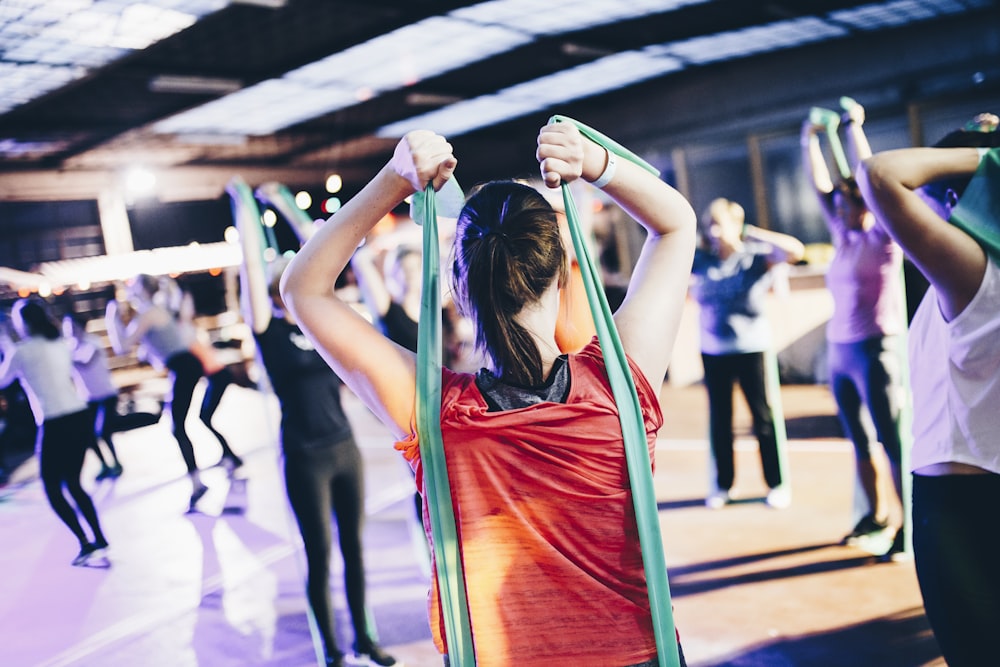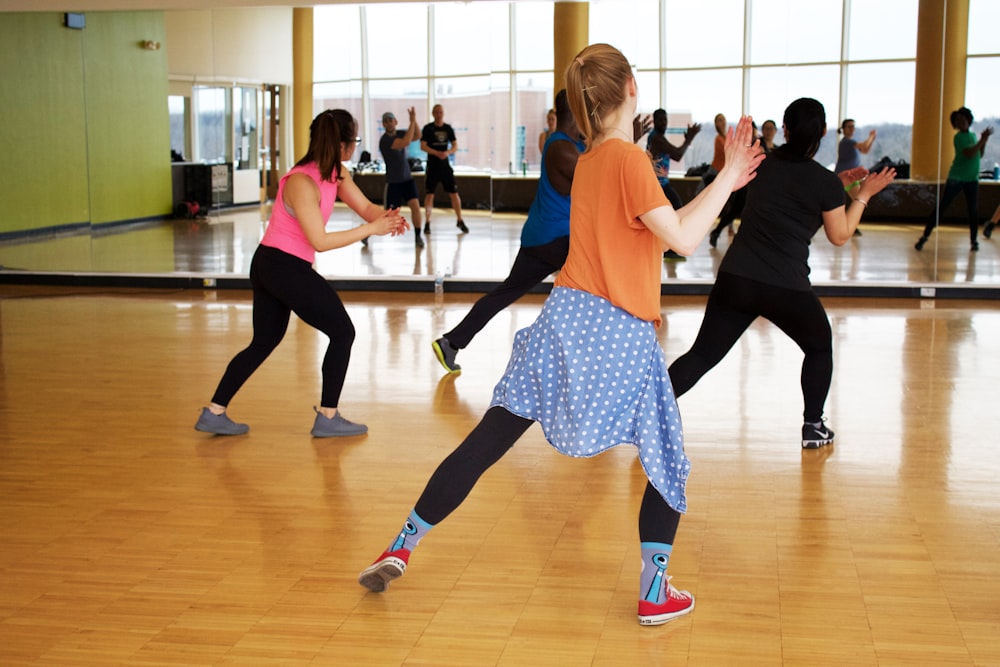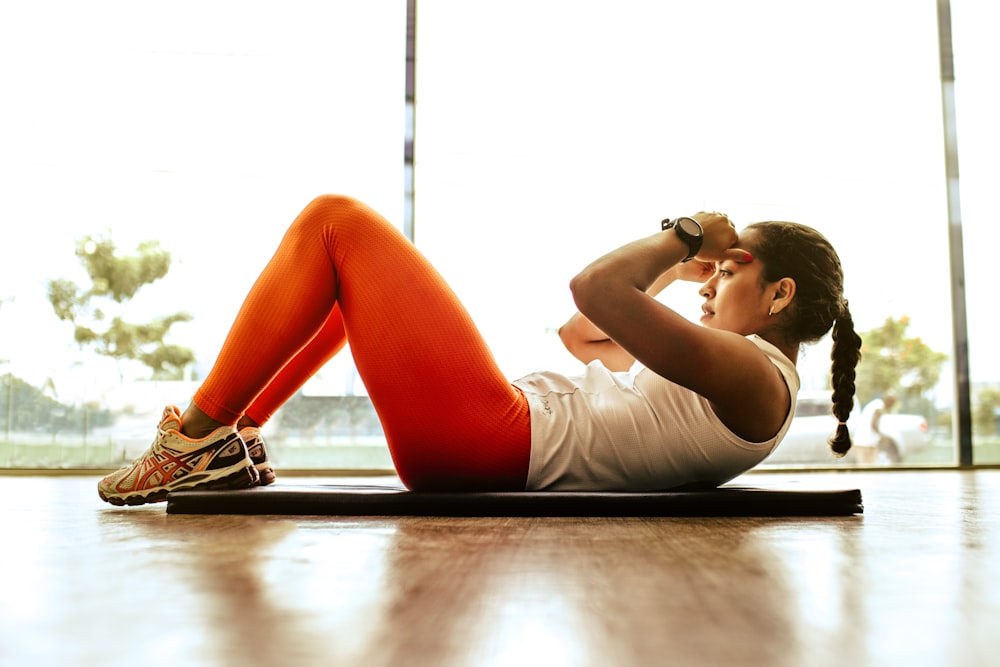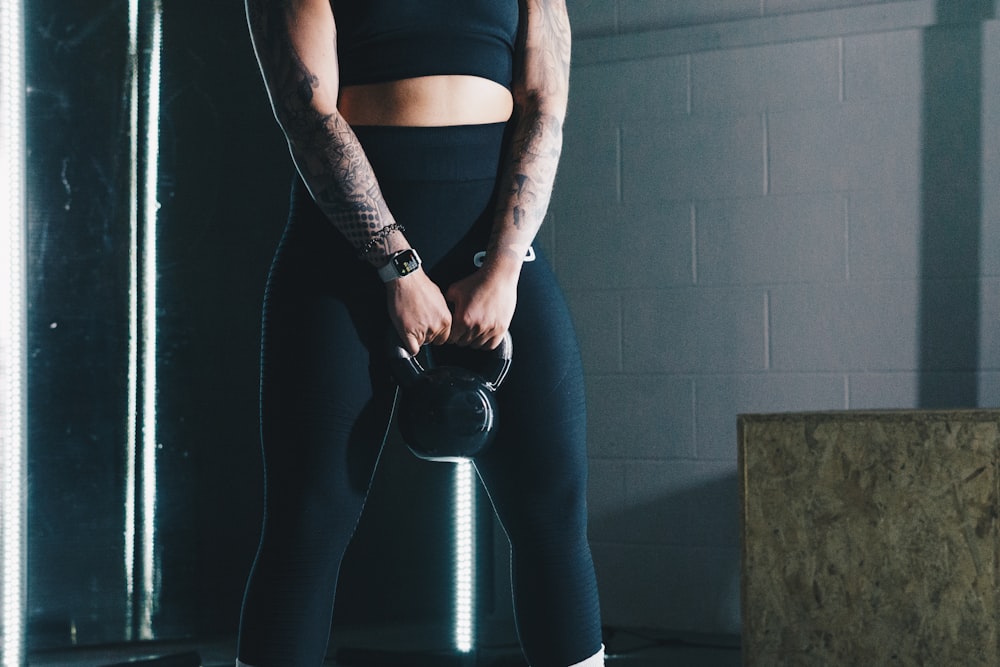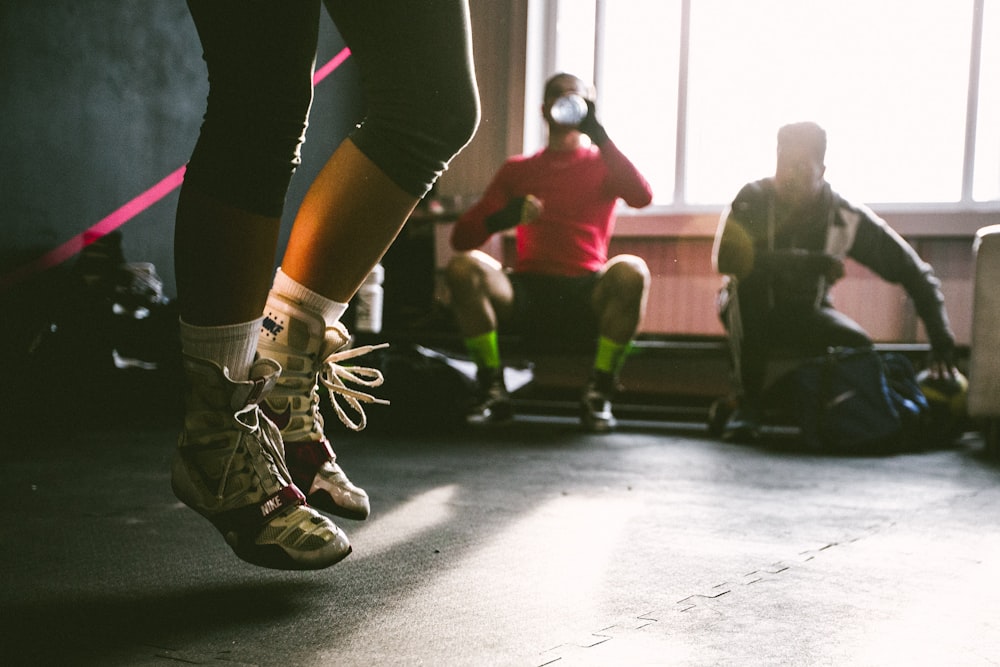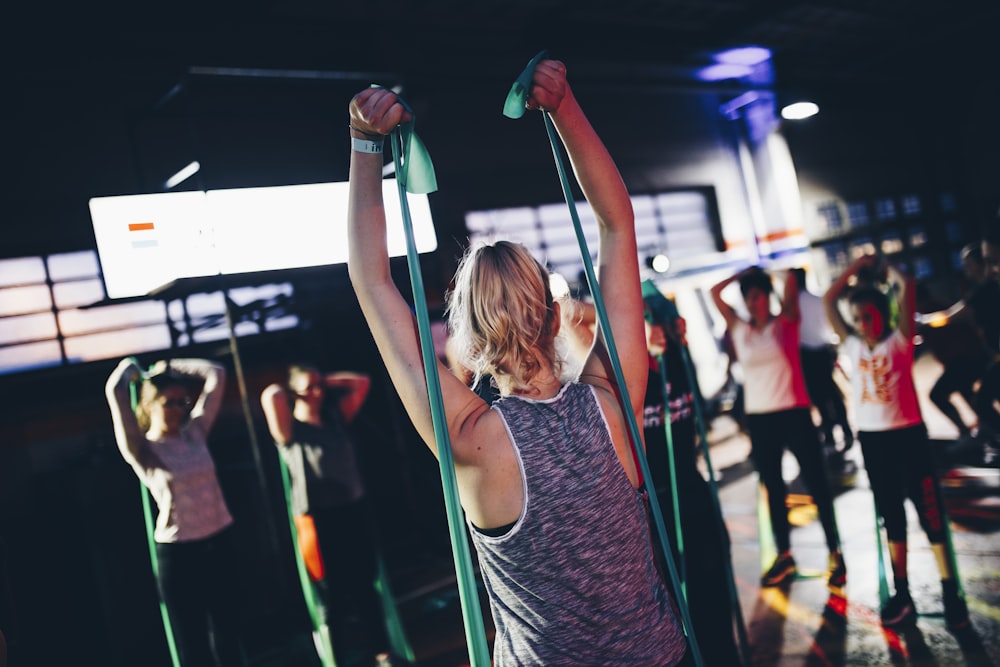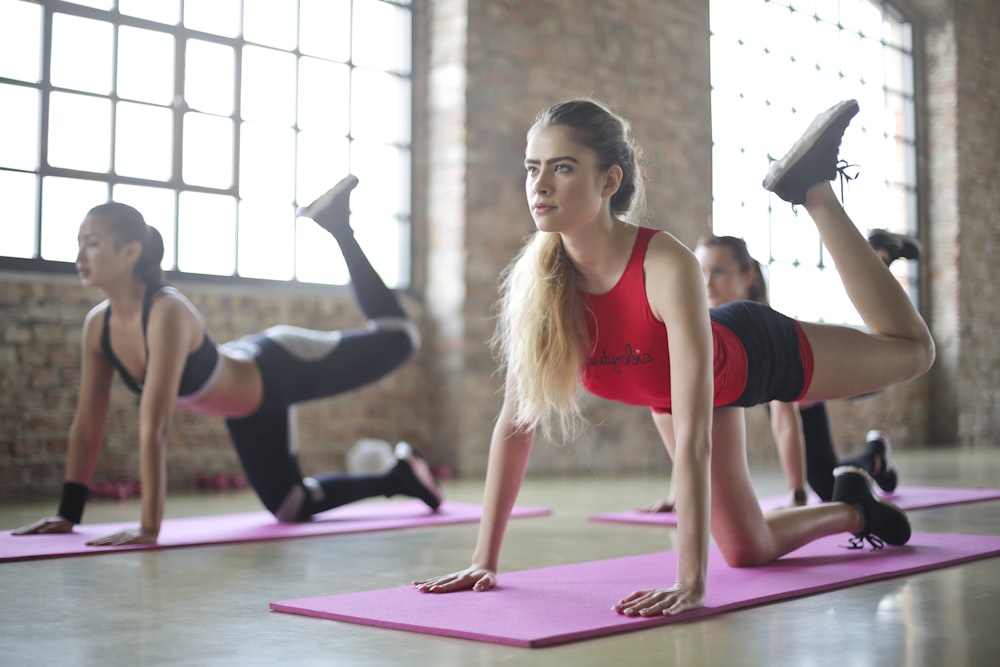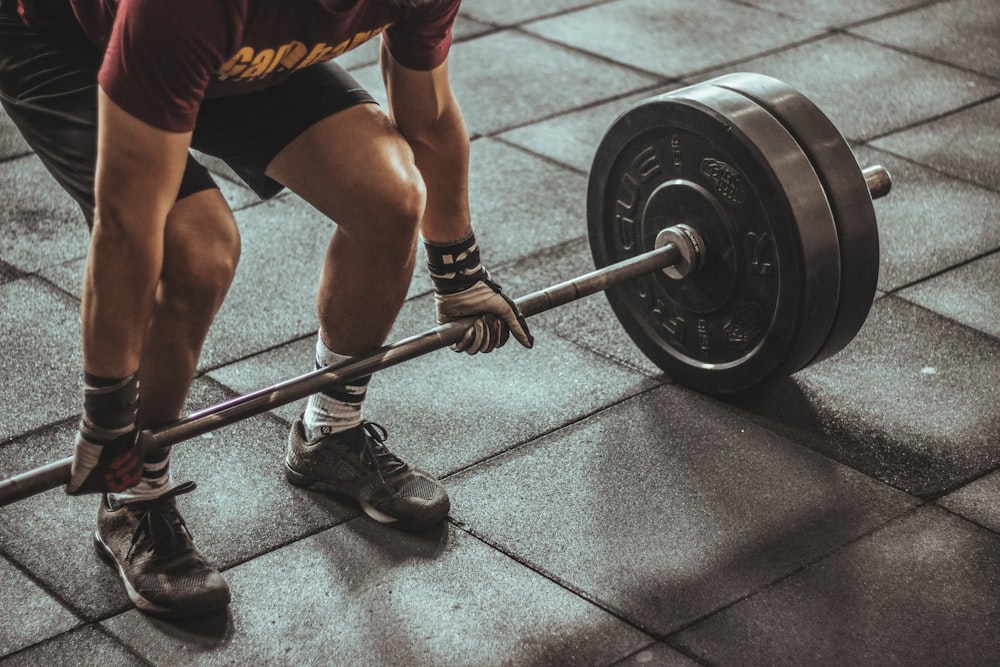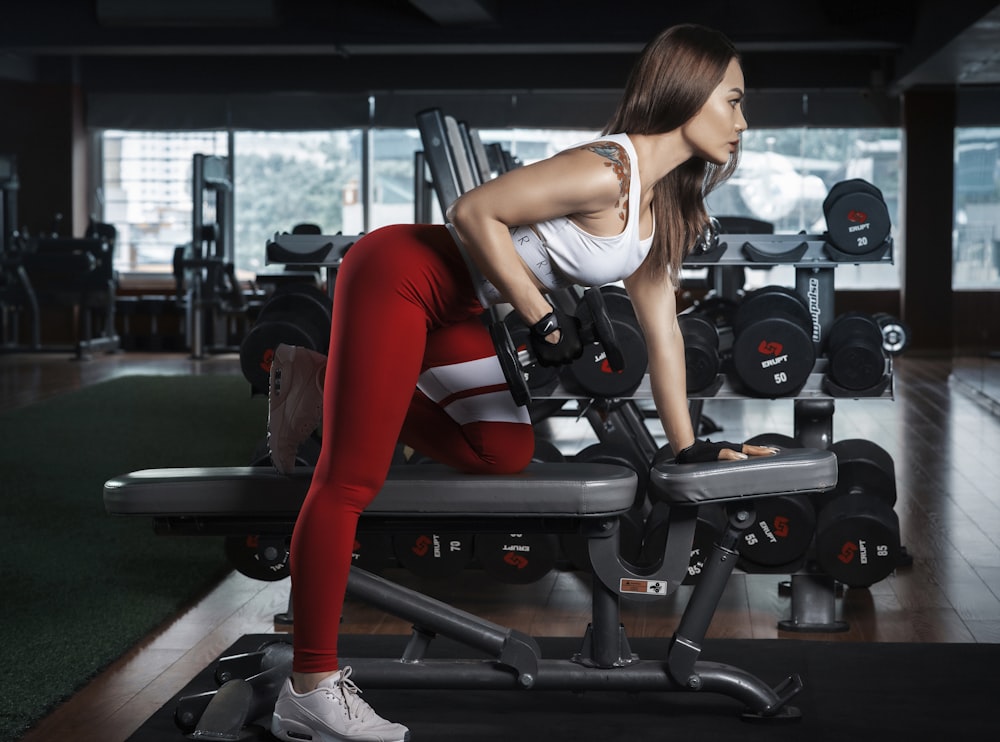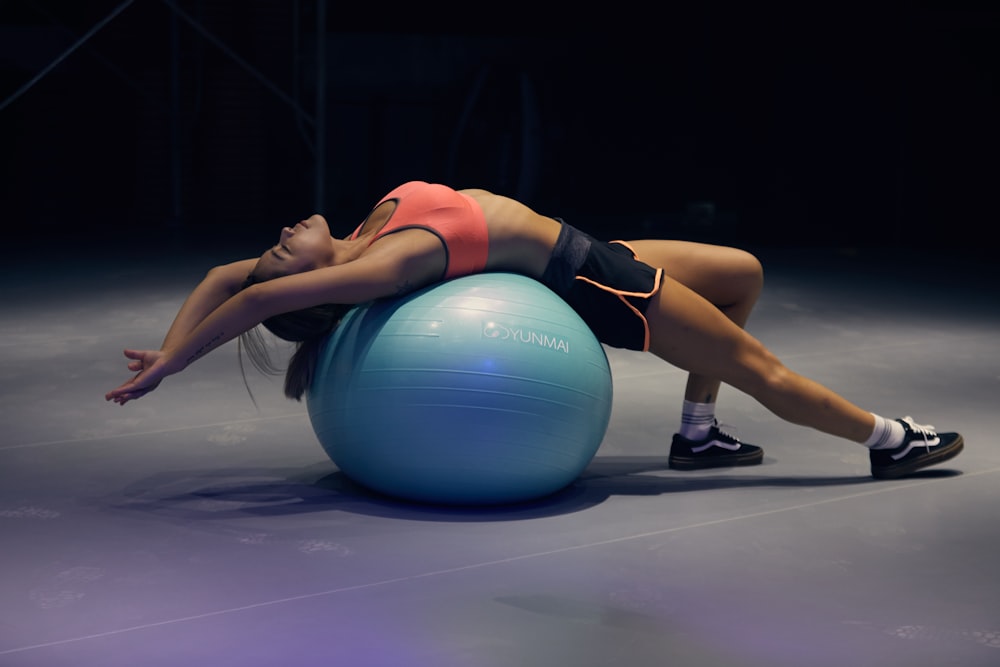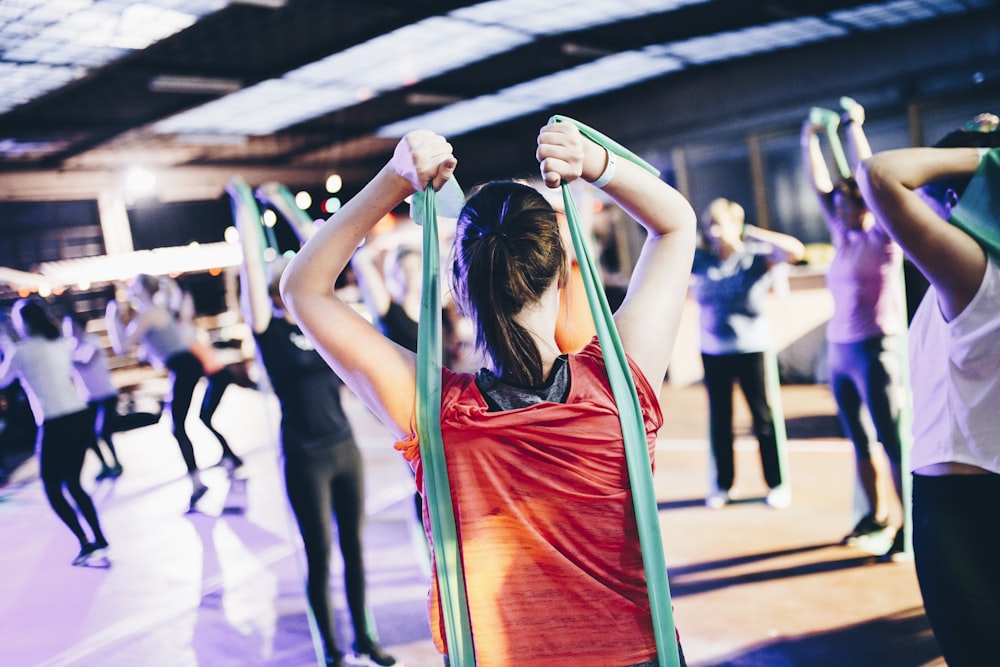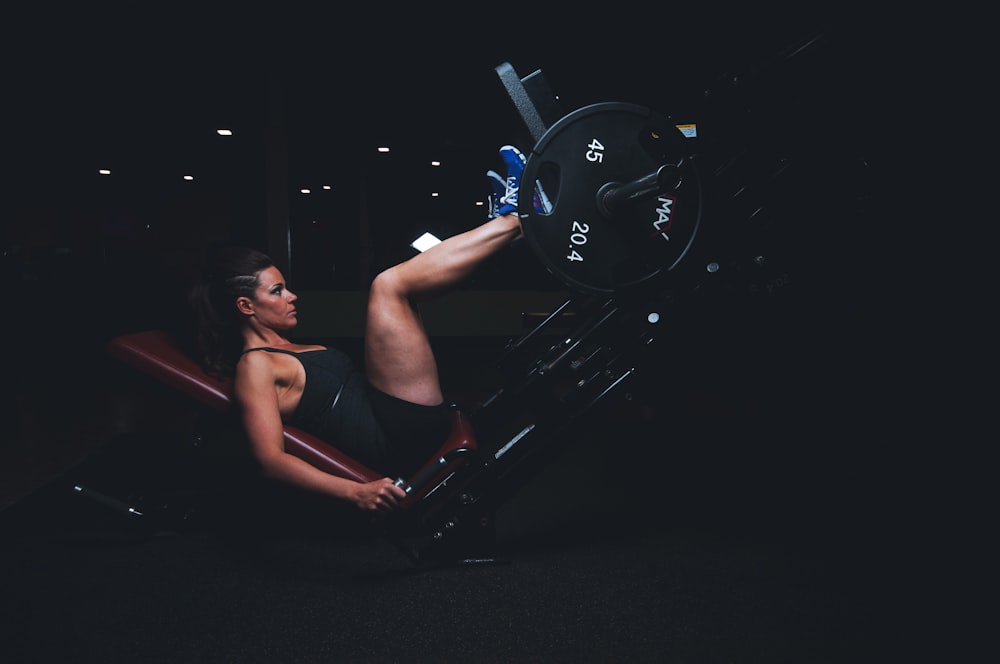The Vital Role of Recovery Nutrition After Exercise
The Vital Role of Recovery Nutrition After Exercise
Understanding Post-Workout Nutrition
Post-workout nutrition plays a crucial role in supporting your body’s recovery after exercise. It involves consuming the right nutrients at the right time to replenish energy stores, repair damaged muscle tissues, and promote overall recovery. Understanding the importance of post-workout nutrition can significantly impact your fitness journey’s success.
Replenishing Energy Stores
After a workout, your body’s glycogen stores, which are the primary source of energy during exercise, become depleted. Consuming carbohydrates post-exercise helps replenish these stores and provides your muscles with the fuel they need to recover and prepare for the next workout. Including complex carbohydrates like whole grains, fruits, and vegetables in your post-workout meals can effectively replenish energy stores.
Repairing Muscle Tissues
Intense physical activity, such as weightlifting or high-intensity interval training (HIIT), can cause micro-tears in your muscle fibers. Protein is essential for repairing and rebuilding these damaged tissues, leading to muscle growth and strength gains over time. Consuming a combination of high-quality protein sources like lean meats, fish, eggs, and plant-based proteins after your workout supports muscle recovery and repair.
Supporting Hydration and Electrolyte Balance
Hydration is another crucial aspect of post-workout nutrition. Sweating during exercise leads to fluid loss, and restoring hydration levels is essential for optimal recovery. Additionally, replenishing electrolytes like sodium, potassium, and magnesium helps maintain fluid balance, muscle function, and nerve transmission. Drinking water and consuming electrolyte-rich foods or beverages, such as coconut water or sports drinks, can support hydration and electrolyte balance post-exercise.
Reducing Muscle Soreness and Fatigue
Proper post-workout nutrition can also help reduce muscle soreness and fatigue, allowing you to recover more quickly and perform better in subsequent workouts. Anti-inflammatory foods rich in antioxidants, such as berries, leafy greens, and nuts, can help reduce oxidative stress and inflammation in the body, contributing to faster recovery and improved overall well-being.
Timing and Composition of Post-Workout Meals
The timing and composition of your post-workout meals play a significant role in maximizing recovery benefits. Consuming a combination of carbohydrates and protein within the first hour after exercise, known as the “anabolic window,” can enhance glycogen replenishment, muscle protein synthesis, and recovery rates. Including a balance of nutrients, such as a protein shake with fruit or a turkey sandwich on whole-grain bread, can provide the necessary fuel for recovery.
Individualized Nutrition Strategies
It’s essential to personalize your post-workout nutrition strategies based on your fitness goals, training intensity, and dietary preferences. Working with a registered dietitian or nutritionist can help you create a customized nutrition plan that optimizes your post-exercise recovery and supports long-term fitness progress. Experimenting with different foods, meal timing, and nutrient ratios can also help you find what works best for your body.
Incorporating Nutrient-Dense Foods
Focus on including nutrient-dense foods in your post-workout meals to maximize recovery benefits. Choose whole, unprocessed foods that provide a balance of carbohydrates, proteins, healthy fats, vitamins, and minerals. Incorporating foods like quinoa, chicken breast, avocado, leafy greens, and Greek yogurt can support overall


